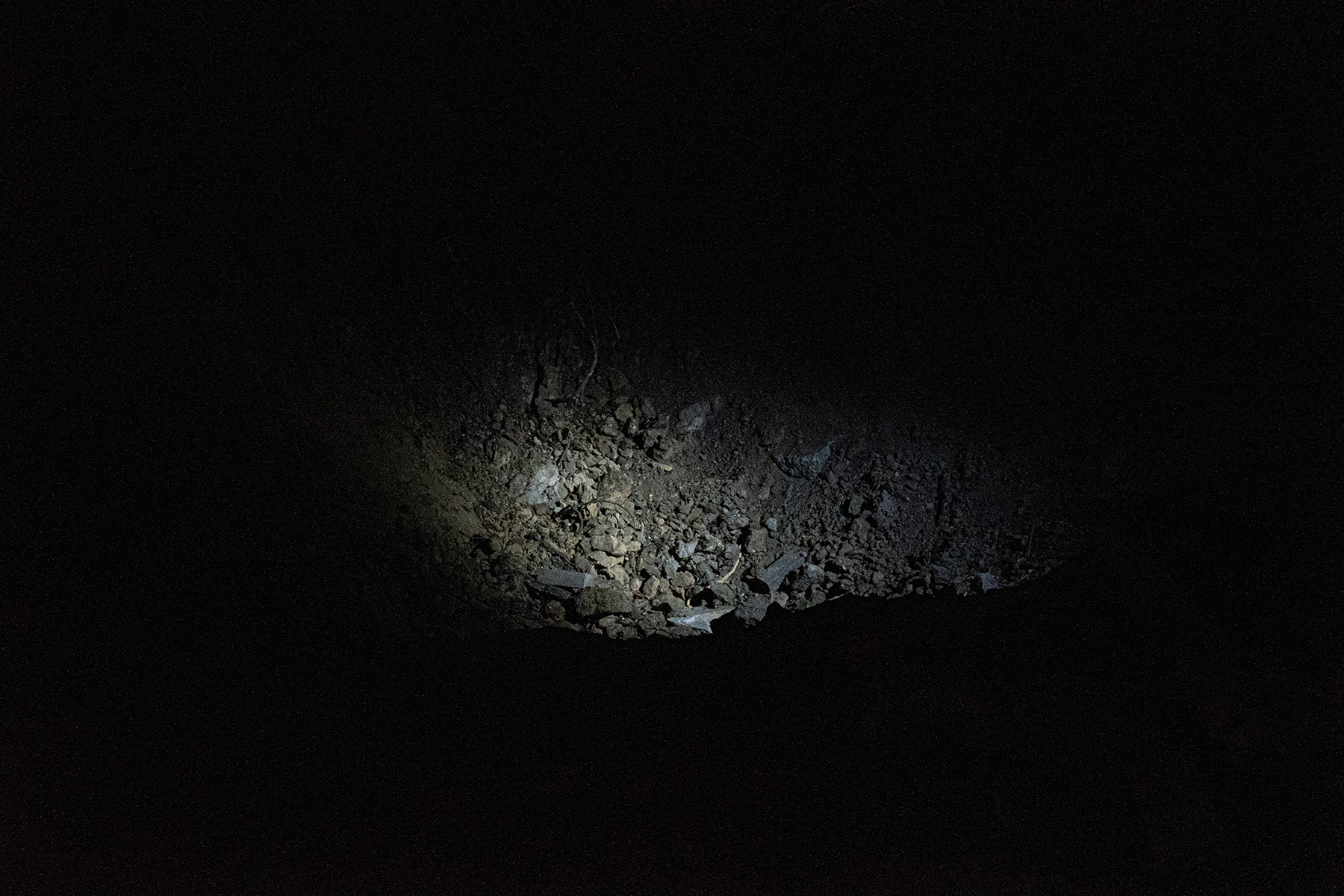Чаша
У 1823 році на Волині знайшли винятковий скарб. Серед коштовного посуду та монет виділялися дві чаші епохи Сасанідів – середньовічної держави на території Ірану. Це й донині єдина знахідка, датована другою половиною першого тисячоліття, що пов’язує Західну Україну із Близьким Сходом.
Одна з посудин – срібна чаша з козерогами – згодом стає окрасою колекції Богдана та Варвари Ханенків. У 1919 році більшовицька влада націоналізує майно родини. А 1935 року річ надсилають до Ермітажу для величезної виставки іранського мистецтва. Відтоді в Україну чаша не поверталась. На численні запити тодішній директор Ермітажу відповідає, що музей вирішує залишити пам’ятку, щоб заповнити прогалини у власній колекції.
Позбавляючи колонію пам’яток, що свідчать про її зв’язки зі світом, метрополія нав’язує підкореним комплекс меншовартості. Без культурної пам’яті їх простіше змусити прийняти статус-кво. Водночас, зосереджуючи найцінніше в своїх центральних музеях, Росія заявляє про домінантний статус власної культури. Зокрема цим можна згодом виправдовувати мілітарну експансію.
Імперську амбіцію живить безкарність. Росія, яка колись не відповіла за чашу Сасанідів, нині залякує непокірних бомбами, ракетами та шахедами аятол. У жовтні 2022 року одна з ракет поцілила в дитячий майданчик навпроти Музею Ханенків. Вирва на місці вибуху – ніби велетенська чаша. Вона по вінця наповнена безкарністю – і тих, хто б'є по цивільним об'єктам, і тих, кому зійшло з рук викрадення цінностей з українських колекцій.
Bowl
In 1823, a unique treasure was found in Volyn. Among the precious dishes and coins, two bowls from the era of the Sassanids – a medieval state in the territory of Iran – stood out. It's still the only find, dated to the second half of the first millennium, that connects Western Ukraine with the Middle East.
One of the vessels – a silver bowl with goats – later became the gem of the collection of Bohdan and Varvara Khanenko. In 1919, the Bolshevik government nationalized the family's property. And in 1935, the item was sent to the Hermitage for a colossal exhibition of Iranian art. Since then, the bowl has not been returned to Ukraine. Following numerous requests, the Hermitage director answered that the museum decided to keep it to fill the gap in its collection.
By depriving the colony of deep-rooted connections with the world, the metropolis imposes an inferiority complex over the subjugated. Without cultural memory, they are easier to force to accept the status quo. At the same time, by concentrating cultural valuables in its central museums, Russia declares the dominant status of its own culture. Subsequently, it can be among the tools used to justify military expansion.
Imperial ambition is fueled by impunity. Russia, which once did not answer for the bowl of the Sassanids, now intimidates the disobedient with bombs, missiles, and Shaheds of the Ayatollahs. In October 2022, one of the rockets hit the playground opposite the Khanenko Museum. The explosion crater is like a giant bowl. It is filled to the brim with impunity – for the crimes of those firing missiles at civilians and those getting away with stealing valuables from Ukrainian collections.
